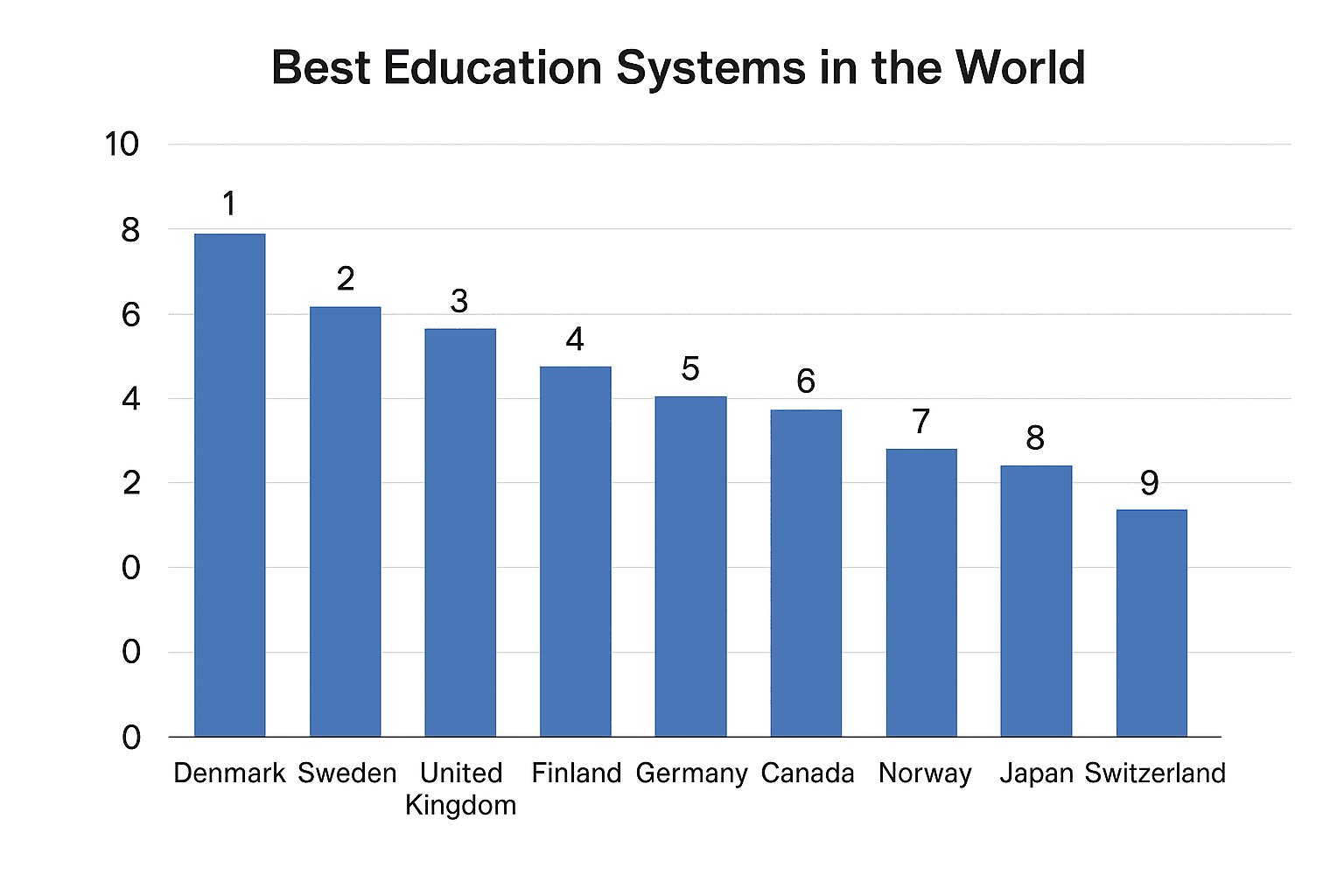
Who Invented Math? Complete History & Timeline of Mathematics Origins
TL;DR
No single person invented math. Mathematics emerged independently across several civilizations over 5,000+ years.
- Babylon & Egypt (c. 3000 BCE): counting, base-60, practical geometry.
- Greece (c. 600–200 BCE): proofs, Euclidean geometry, rigorous logic.
- India (c. 200–700 CE): place-value system and zero formalized (notably by Brahmagupta).
- Islamic Golden Age (c. 800–1200 CE): algebra (al-Khwarizmi), trigonometry, preservation/expansion of Greek works.
- Europe (c. 1600s+): calculus (Newton & Leibniz), coordinate geometry (Descartes), probability, statistics, and later computer science.
1) What Does “Inventing Math” Even Mean?
When people ask “Who invented math?”, they’re usually asking when and where humans first developed mathematical ideas. But math didn’t appear in one place at one time. It grew as people solved real problems—measuring land, trading goods, tracking time, building structures, and predicting motion. Over centuries, math shifted from practical know-how to a logical system with definitions, axioms, and proofs.
2) The Big Timeline of Mathematics (5000+ Years)
- c. 3000–1600 BCE (Mesopotamia & Egypt): counting systems, base-60, geometry for construction, early algebraic problem solving.
- c. 600–200 BCE (Greece): deductive proofs, Euclid’s Elements, Pythagorean theorem formalization, Archimedean methods.
- c. 200–700 CE (India): place-value decimal system matures; zero as a number is formalized (notably by Brahmagupta, 7th century).
- c. 800–1200 CE (Islamic Golden Age): algebra (al-Khwarizmi), trigonometric tables, optics and astronomy math, preservation/translation of Greek texts.
- c. 1600s+ (Europe): analytic geometry (Descartes), calculus (Newton, Leibniz), probability (Pascal, Fermat), statistics, abstract algebra, set theory, computer science.
3) Ancient Beginnings: Mesopotamia and Egypt
Why it mattered: Agriculture, taxation, architecture, and astronomy required reliable numbers and rules.
Mesopotamia (Babylon):
- Base-60 system (sexagesimal): explains why we have 60 seconds/minute and 360 degrees in a circle.
- Clay tablets show solutions to linear and quadratic problems; early tables (like multiplication tables).
- Knowledge of right-triangle relationships (a Pythagorean-like rule) predates Pythagoras.
Egypt:
- Practical geometry to measure land along the Nile after floods.
- Fraction work (unit fractions) and problem collections (e.g., Rhind Mathematical Papyrus).
- Strong focus on area/volume approximations used in construction (think pyramids).
4) Greece: From Useful Rules to Logical Proofs
What changed: Math became a logical science. Instead of “it works,” Greeks asked “why does it work?”
- Pythagoras & the Pythagoreans: number relationships, music ratios, and the famous right-triangle theorem.
- Euclid (c. 300 BCE): Elements—systematic axioms, definitions, and proofs. This shaped math education for 2,000 years.
- Archimedes: ingenious methods for areas/volumes, understanding π (pi), and early ideas resembling limits.
- Apollonius: conic sections (ellipse, parabola, hyperbola)—later vital for planetary motion and optics.
5) India and the Invention of Zero
Why it’s revolutionary: Zero as a number (not just a placeholder) enables modern arithmetic, algebra, and calculus.
- Place-value decimal system: crucial for efficient computation.
- Zero: conceptualized and formalized in Indian mathematics (notably Brahmagupta, 7th century), with rules for operations involving zero and negatives.
- Trigonometry: developments in sine functions and astronomy influenced later work across the Old World.
- Note: Maya had an independent zero in Mesoamerica (for their calendar), showing multiple origins of key ideas.
6) The Islamic Golden Age: Algebra, Trigonometry, Transmission of Knowledge
What happened: A vast scholarly project to translate, preserve, and extend Greek, Indian, and Persian mathematics.
- Al-Khwarizmi (c. 9th century): the word algebra comes from his book title (al-jabr). He systematized solving equations and popularized Indian numerals (leading to “Arabic numerals” in Europe).
- Trigonometry: fine-tuned for astronomy—sine, cosine, tangent tables.
- Optics, astronomy, instruments: math applied to science and navigation (e.g., improved astrolabes).
- House of Wisdom (Baghdad) and other centers preserved and shared knowledge that later re-entered Europe.
7) Europe and the Modern Era: Calculus to Computing
The explosion: Mathematical tools to describe motion, change, and uncertainty transformed science and technology.
- Analytic geometry (Descartes): united algebra and geometry with coordinates (x, y).
- Calculus (Newton & Leibniz): rates of change, accumulation—foundation for physics, engineering, and economics.
- Probability & statistics (Pascal, Fermat; later Gauss, Bayes): decision-making, risk, data analysis.
- Abstract algebra, set theory, logic (19th–20th centuries): structures behind numbers and functions.
- Computer science, algorithms, cryptography, AI (20th–21st centuries): mathematics becomes the language of the digital world.
8) Big Ideas Students Should Know (Core Concepts)
- Proof vs. Procedure: following steps vs. explaining why steps must work.
- Place-Value & Zero: the “engine” that makes long arithmetic (and modern math) feasible.
- Functions & Graphs: mapping inputs to outputs; understanding change.
- Symmetry & Structure: the hidden order in equations, shapes, and patterns.
- Modeling: turning real-world problems (from epidemics to rockets) into math you can analyze.
9) Fun Facts That Make Math Memorable
- Zero changed everything: allowing negative numbers, algebraic equations, and calculus to flourish.
- Pythagorean theorem is older than Pythagoras: Babylonian tablets show earlier knowledge.
- ∞ (infinity symbol) was popularized by John Wallis (1655).
- Abacus users can calculate astonishingly fast—skill, not just technology, matters!
- Why 360°? Likely tied to base-60 traditions and astronomical cycles.
10) Short Classroom Activities & Examples
- Base-60 Moment: Have students convert 2.75 hours to hours:minutes:seconds (2:45:00), then relate to Babylonian base-60.
- Proof Sketch: Ask, “Why is the sum of the first n odd numbers equal to n²?” Do a dot-pattern visualization.
- Zero Challenge: Show how Roman numerals complicate long multiplication, then repeat with place-value decimals.
- Triangle Day: Measure a right triangle in class and verify a² + b² ≈ c².
- Function Relay: Give an input–output rule and let teams predict the next outputs; then graph them.
11) Quick Quiz (with Answers)
- Did one person invent math? Answer: No. It developed across civilizations over thousands of years.
- Which culture formalized proofs and logical structure? Answer: Ancient Greece (Euclid, etc.).
- Who is closely associated with the invention of algebra? Answer: Al-Khwarizmi (Islamic Golden Age).
- Which region formalized zero as a number in a place-value system? Answer: India (notably Brahmagupta, 7th century).
- Who independently developed calculus in the 1600s? Answer: Isaac Newton and Gottfried Wilhelm Leibniz.
12) FAQ
Who invented math first?
No single person. Early math appears in Mesopotamia and Egypt (c. 3000 BCE).
When did math start?
Counting and measuring predate writing; formal systems arise by 3000–1600 BCE.
Which civilization contributed most?
Each contributed differently: Babylonians (base-60, tables), Egyptians (geometry), Greeks (proofs), Indians (zero, place-value), Islamic scholars (algebra, trig), Europeans (calculus, modern stats).
Who invented zero?
Formalized in India (notably Brahmagupta). Mayan zero was developed independently in Mesoamerica (calendar/notation).
Is math still being invented?
Yes—new theorems, algorithms, cryptographic methods, AI mathematics, and beyond.
13) Glossary of Key Terms
- Algebra: Math of symbols and rules for manipulating them, especially equations.
- Axiom: A basic assumption accepted without proof.
- Calculus: Study of change (derivatives) and accumulation (integrals).
- Conic Sections: Curves from slicing a cone—ellipse, parabola, hyperbola.
- Decimal (Base-10) System: Place-value system using digits 0–9.
- Euclidean Geometry: Geometry based on Euclid’s axioms (lines, angles, shapes).
- Function: A relation assigning each input exactly one output.
- Place-Value: Digit value depends on its position (ones, tens, hundreds…).
- Proof: A logical argument showing a statement must be true.
- Trigonometry: Study of triangles and periodic functions like sine/cosine.
14) Key Takeaways
- Math is a shared human achievement, not a single invention.
- The shift to proof in Greece turned math into a logical science.
- Zero and place-value revolutionized calculation and advanced mathematics.
- The Islamic Golden Age preserved and expanded earlier knowledge, especially algebra and trig.
- The modern era (calculus to computing) made math essential to science, engineering, economics, and technology.
- Math keeps evolving—today’s students are tomorrow’s contributors.



